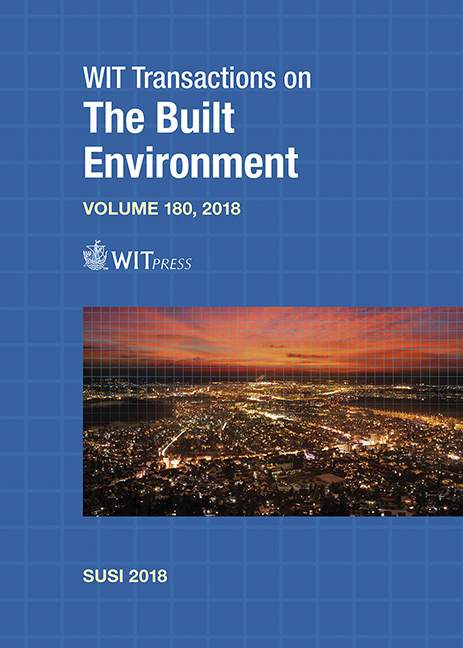RISK ASSESSMENT CRITERIA FOR MACHINE TOOLS SUBJECTED TO LARGE EARTHQUAKE HAZARDS: A PROPOSAL
Price
Free (open access)
Transaction
Volume
180
Pages
15
Page Range
193 - 207
Published
2018
Paper DOI
10.2495/SUSI180181
Copyright
WIT Press
Author(s)
PAULO DA SILVA, IKUO TANABE
Abstract
In recent years, several large earthquakes have struck Japan and brought severe destruction and human loss. As a lesson for the future, large amounts of data obtained from the earthquake aftermath reports were studied in order to attenuate the effect of future catastrophes. In this regard, the current study attempted to develop a set of risk assessment criteria through existing seismic data and mathematical models that mimic the movement of machine tools with screw jack mounting at the time of seismic activity. Particularly, data from the 2004 Chuetsu earthquake, the Great Hanshin earthquake and the 2011 Tohoku earthquake was considered for this research. Moreover, the mathematical model proposals were presented and experimentally evaluated using a small mock-up structure of a machine tool. As a result, a simulation of the machine tool behavior during an earthquake was achieved by using real seismic data. It was concluded that; (1) the proposed model was able to define and estimate the possible motion behavior of machine tools under large vibrations to a certain degree; (2) the proposed method applied existing seismic data to predict the motion behavior of machine tools; (3) An approach for risk assessment of machine tools subjected to large earthquakes was presented.
Keywords
earthquake, risk management, vibration, machine tool, Japan





